© ROOT-NATION.com - Use of content is permitted with a backlink.
The year 2024 has seen remarkable advancements in robotics, ranging from humanoid robots that have nearly matched human dexterity to large-scale machines operating on railway tracks. Developers have focused on problem-solving approaches to drive these innovations forward.
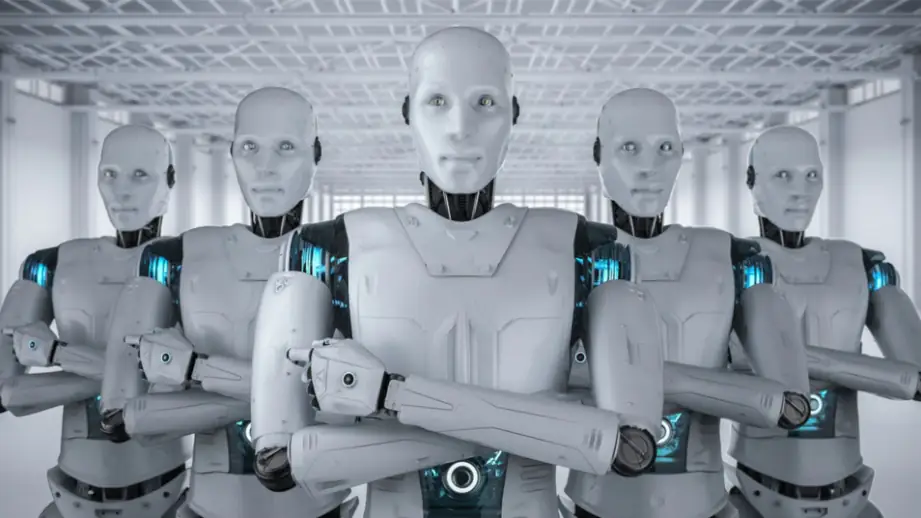
The Tesla Optimus robot, the Figure 02, and the ghostly humanoid robot from Clone Robotics are among the innovations that have captured the attention of robotics enthusiasts this year. Here are the top seven robotics milestones of 2024.
Tesla Optimus robot catches tennis balls with a new arm
The Tesla Optimus humanoid robot is equipped with 40 electromechanical actuators that enable it to mimic human-like movement, walk on two legs, and handle objects with precision. Described as a general-purpose bipedal humanoid robot, it is designed to perform tasks that are dangerous, repetitive, or monotonous.

Optimus stands 177 cm tall and weighs 57 kg, featuring a human-like design constructed from lightweight yet durable materials to ensure versatility and efficiency. Its 2.3 kWh battery, managed by Tesla’s proprietary system, enables extended operation while optimizing energy use for both light and demanding tasks.
Read also: What are CU-DIMM and CSO-DIMM, and Why Does It Matter?
Chinese humanoid sets record for longest jump
The G1 humanoid robot, developed by Unitree Robotics, recently set a new record for standing long jump, showcasing cutting-edge advancements in robotics agility and performance.
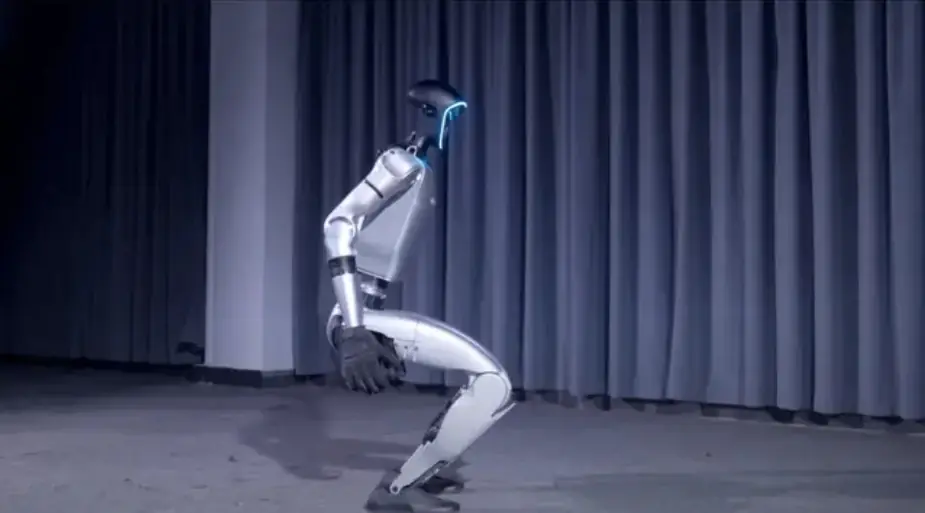
According to the company, the G1 robot can perform a standing long jump of up to 1.4 meters—possibly the longest ever achieved by a humanoid robot of its size. Standing at just 1.32 meters tall, the G1 now features a sleek, visor-like face, an upgrade from its previous design with an air gap. Additionally, it is equipped with functional three-fingered hands, replacing the earlier rudimentary stumps.

Standing at 1.32 meters tall, the G1 can be folded into compact dimensions of 27.0×17.7×11.8 inches for convenient storage, despite weighing 35 kg. It is equipped with a 3D LiDAR, a RealSense depth camera, and a noise-canceling microphone, allowing it to respond to voice commands and provide feedback through a 5W stereo speaker.
Read also: Biomimicry: How Nature Inspires Engineers to Innovate
Humanoid robot powered by water-based muscles has been introduced
The humanoid robot, developed by the Polish robotics company Clone Robotics, is capable of human-like movements, although its appearance can be eerie due to its striking resemblance to a real human. The company claims that the robot, named Torso, features an elbow joint, a cervical spine (neck), and anthropomorphic shoulders with a sternoclavicular, acromioclavicular, scapulothoracic, and glenohumeral joint structure.
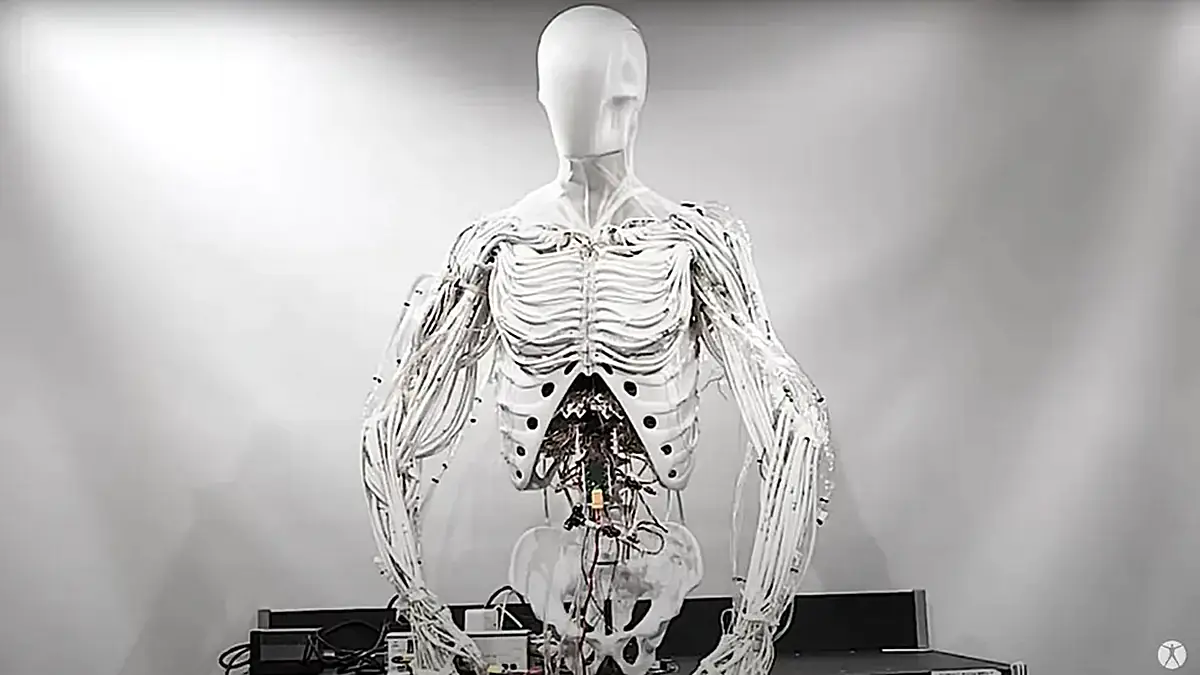
The robot’s movements are powered by a system of pumps and valves running on batteries, which circulate water through its body. The torso contains a water reservoir and uses a hydraulic system to push water through tubes, achieving the necessary bends and activating tendons to replicate muscle movements.
Read alsо: What passenger trains of the future will look like
The SEO1 robot is the first to achieve human-like walking
Developed using advanced technologies and aesthetics, the SE01 has set a new standard for humanoid robotics, sparking excitement and discussions in the industry about the future of human-robot interaction.
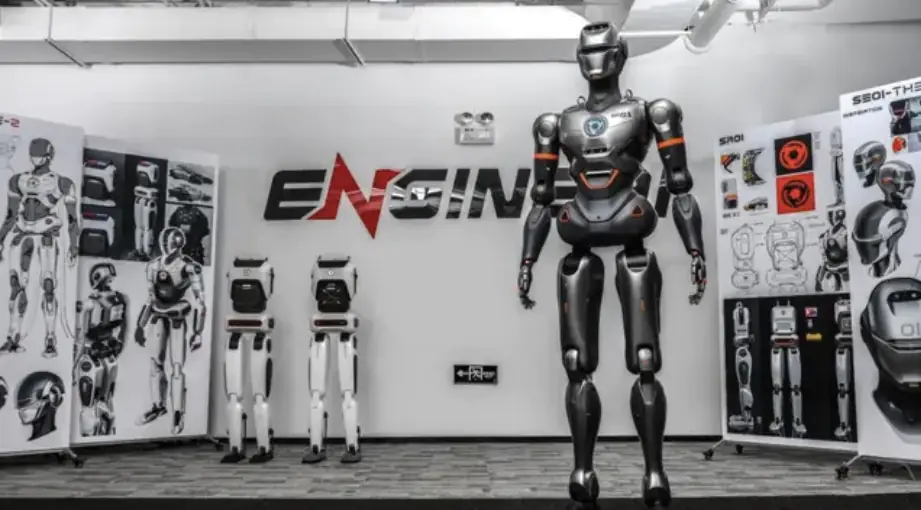
One of the key features of the SE01 is its advanced, integrated neural network system. This groundbreaking technology addresses a longstanding challenge in robotics: creating a natural, human-like gait.

The SE01 achieves this with unprecedented smoothness and energy efficiency, moving seamlessly both in place and while in motion. The robot was developed by Shenzhen EngineAI Robotics.
Read alsо: Why USB Flash Drives Are Nearly Obsolete
Robot working on railroad tracks
A giant robot with a Wall-E-like head is being used by West Japan Railway to maintain railway tracks and perform other critical tasks. The robot is designed to address Japan’s labor shortage in 2024 and reduce accidents, such as workers falling from heights.
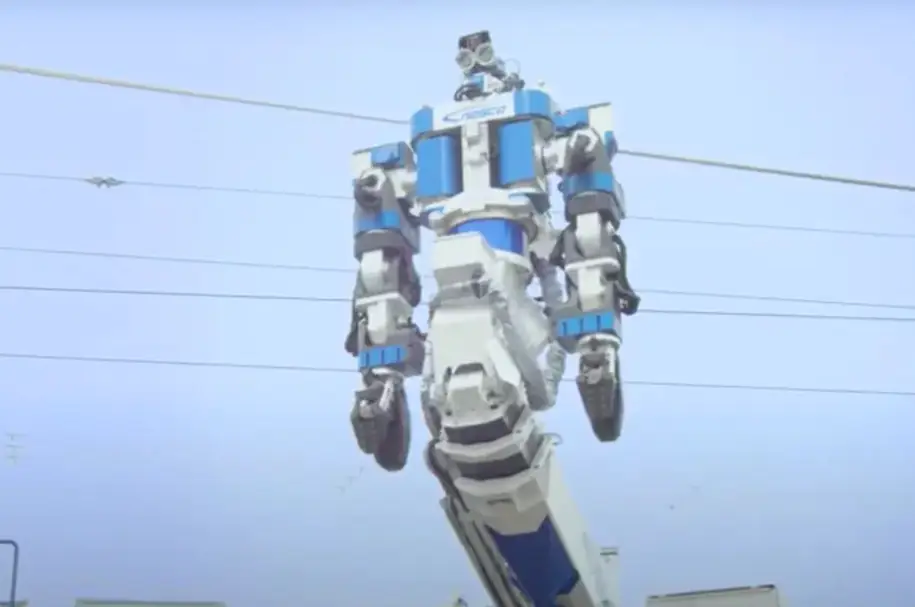
The giant machine is controlled by a person sitting in a truck cabin. Its powerful limbs and arms are easily operated using the robot’s eyes, equipped with cameras. By synchronizing their movements with the robot, the human operator can utilize the machine for complex tasks that require both strength and precision.

Jinki Ittai Co, a robotics developer, and Nippon Signal Co, a company specializing in information technology and electrical infrastructure, jointly developed this machine.
XPENG presents Iron robot with 60 joints
XPENG, known for its electric vehicles, showcased its advanced innovations in artificial intelligence in 2024. One of the standout additions is the humanoid robot Iron. Standing 172 cm tall and weighing 70 kg, Iron is already working on production lines at Xpeng. This robot is involved in assembling the upcoming P7+ electric vehicle, highlighting its practical role beyond just a demonstration.
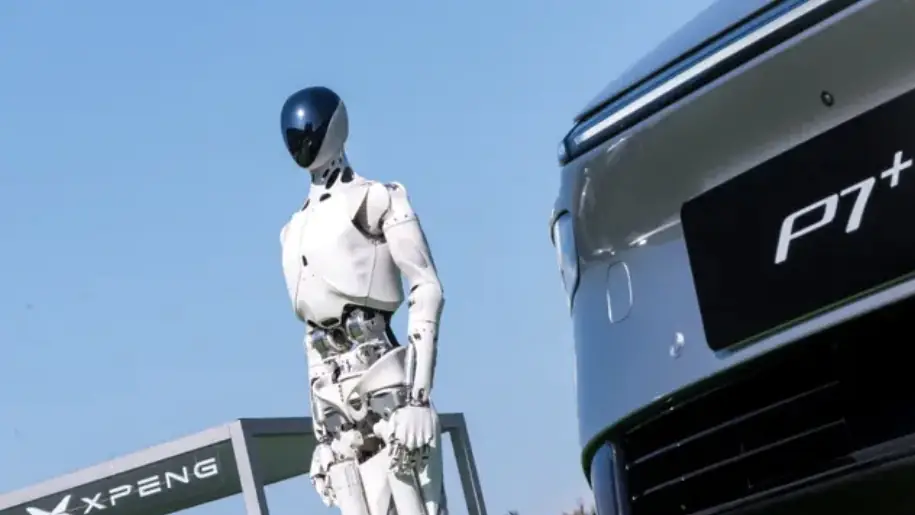
With over 60 joints and 200 degrees of flexibility, Iron can work precisely with delicate components and perform complex tasks.

A key component of Iron’s intelligence is the Turing AI chip, featuring a 40-core processor designed to handle artificial intelligence tasks, such as those required for robots, vehicles, and even flying cars.
Read alsо: Top 5 Graphics Cards for S.T.A.L.K.E.R. 2: Heart of Chornobyl
Humanoid robot Figure 02 at the BMW factory
Working on the production line, the Figure 02 robot amazed robotics enthusiasts by increasing its speed by 400% and improving its success rate by seven times. Companies have described these advancements as game-changing for autonomous manufacturing systems.
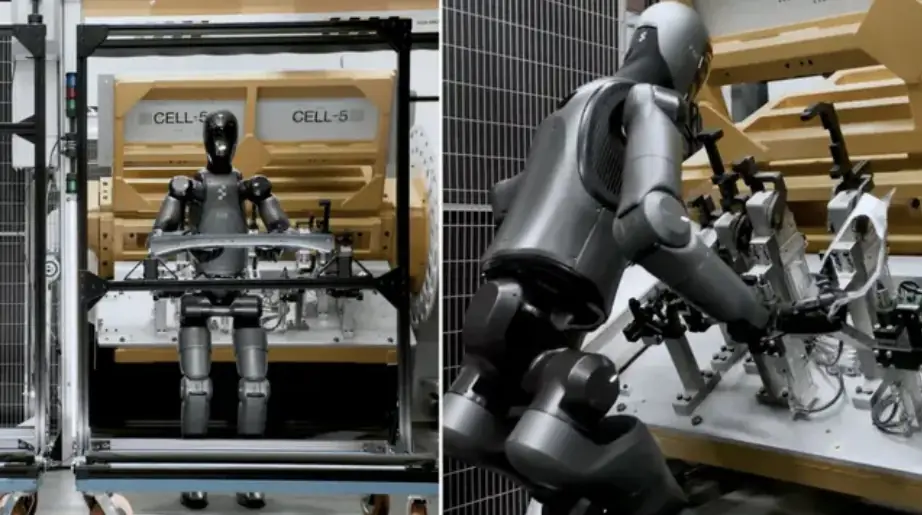
The humanoid Figure 02 was also successfully tested earlier this year at BMW’s Spartanburg plant, marking the first time BMW has integrated a humanoid robot into its production line.

It has been demonstrated that the Figure 02 can perform up to 1,000 placements per day. This marks an important milestone for humanoid robots in industrial applications in 2024.

If you are interested in articles and news about aviation and space technology, we invite you to our new project AERONAUT.media.
Read also:
- Why Cryptocurrencies Are Rising After Trump’s Victory: Explained
- Evolution of Sniper Rifles: From Early Firearms to the “Horizon’s Lord” + Thoughts from Ukrainian Sniper

